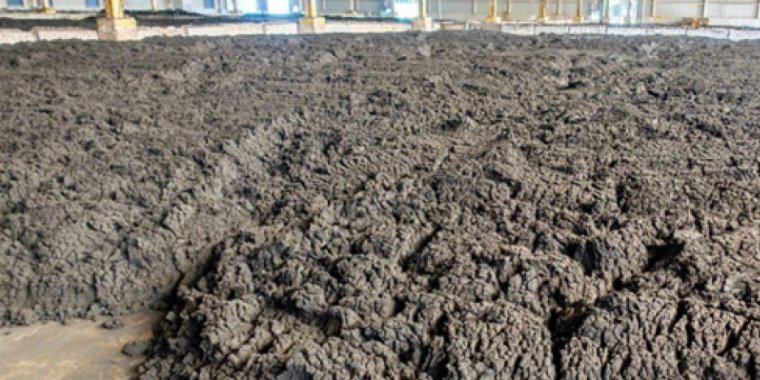| News / Science News |
Microbes play a key role in unleashing 'forever chemicals' from recycled-waste fertilizer
"Forever chemicals" are everywhere — water, soil, crops, animals, the blood of 97% of Americans — and researchers at Drexel University are trying to figure out how they got there.

Researchers are exploring the pathways PFAS, also known as "forever chemicals," may be taking to reach the environment. Photo: Drexel University
Their findings suggest that the microbes that help break down biodegradable materials and other waste are likely complicit in the release of the notorious per- and polyfluoroalkyl substances, or PFAS, into the environment.
The researchers showed that PFAS — chemicals widely used in manufacturing heat and stain-resistant products and linked to serious health problems — can leach out of fertilizer made from recycled waste with the help of microbial decomposition.
The finding could help explain how PFAS accumulates in the soil, crops and groundwater in farmland across the country.
"Because it is not currently possible to eliminate PFAS from the environment, it's important to understand everything we can about how it is able to persist and accumulate so broadly in the natural world," said co-author Asa Lewis, who led the research along with environmental engineers at Temple University.
"Our work shows how microbial weathering fits into the PFAS dissemination pathway from biosolids."
Added Christopher Sales, a co-author of the study, "We know that microbes exist in biosolid sludge even after the stabilization treatment process. Given the role they play in the decomposition of organic compounds, such as fats, protein and polysaccharide residuals in biosolids, we wanted to examine how microbial weathering of these organic compounds can impact PFAS leaching potential because PFAS compounds are thought to stick to these compounds."
The team collected biosolid samples that had undergone one of three types of treatment — aerobic digestion, anaerobic digestion or composting — at wastewater recycling and reuse facilities.
The content of each sample was tested to determine the initial level of organic matter, proteins and lipids, and PFAS concentration in these different types of biosolids.
The samples were then placed in an environmentally controlled chamber for three months to look for indicators of microbial activity, especially degradation of organics, lipids and proteins, and sought to see how this microbial activity affected how much PFAS would partition from the biosolids into water.
The researchers found that the samples with the highest level of microbial activity also demonstrated the highest level of PFAS partitioning — an indicator that this biosolid sludge would be more susceptible to PFAS leaching. (U.S. National Science Foundation)
YOU MAY ALSO LIKE





